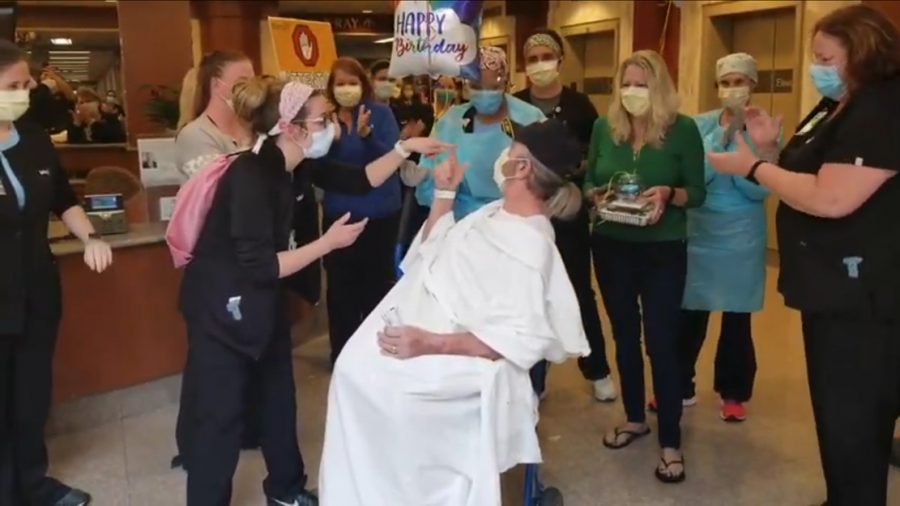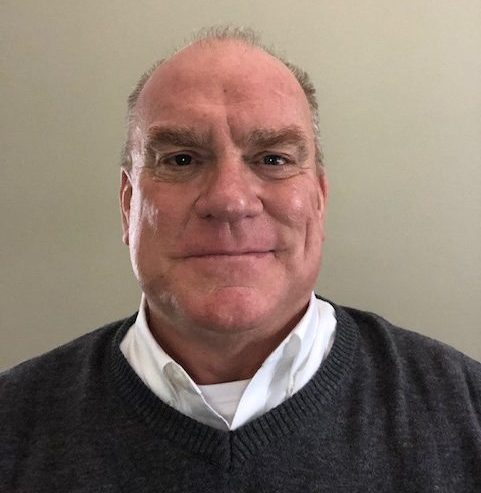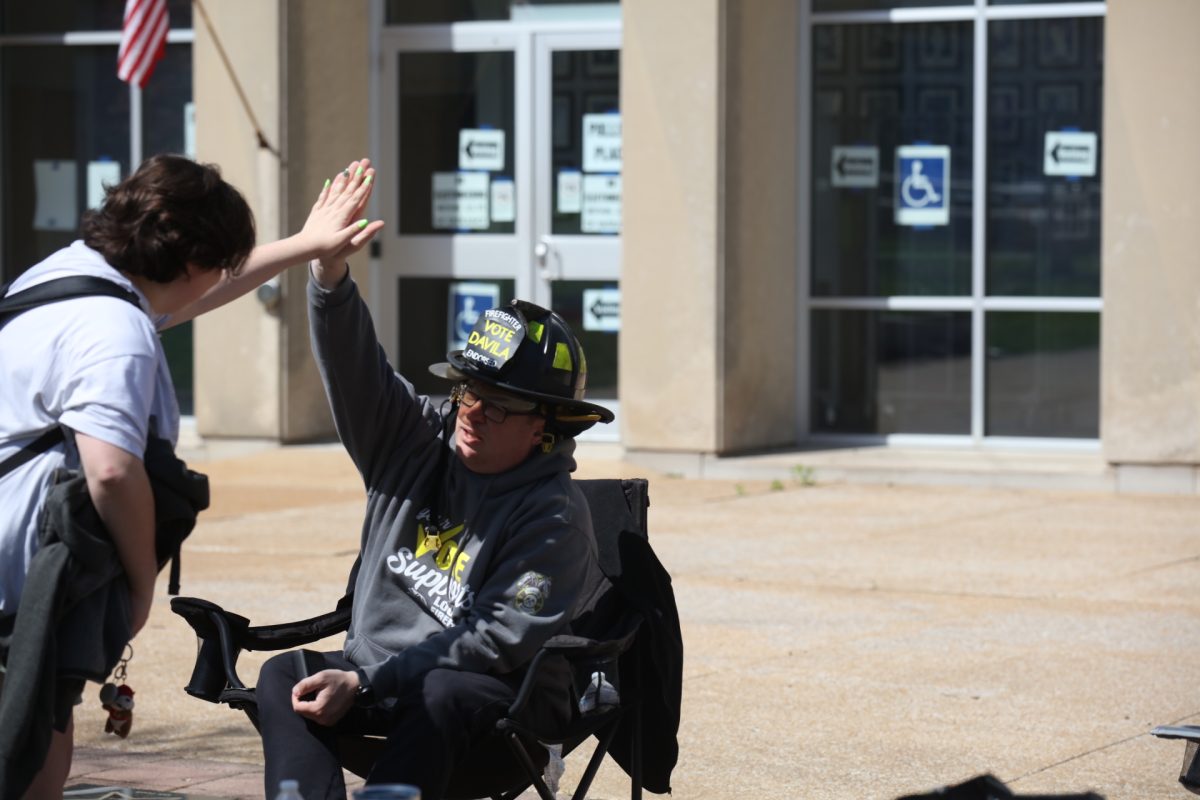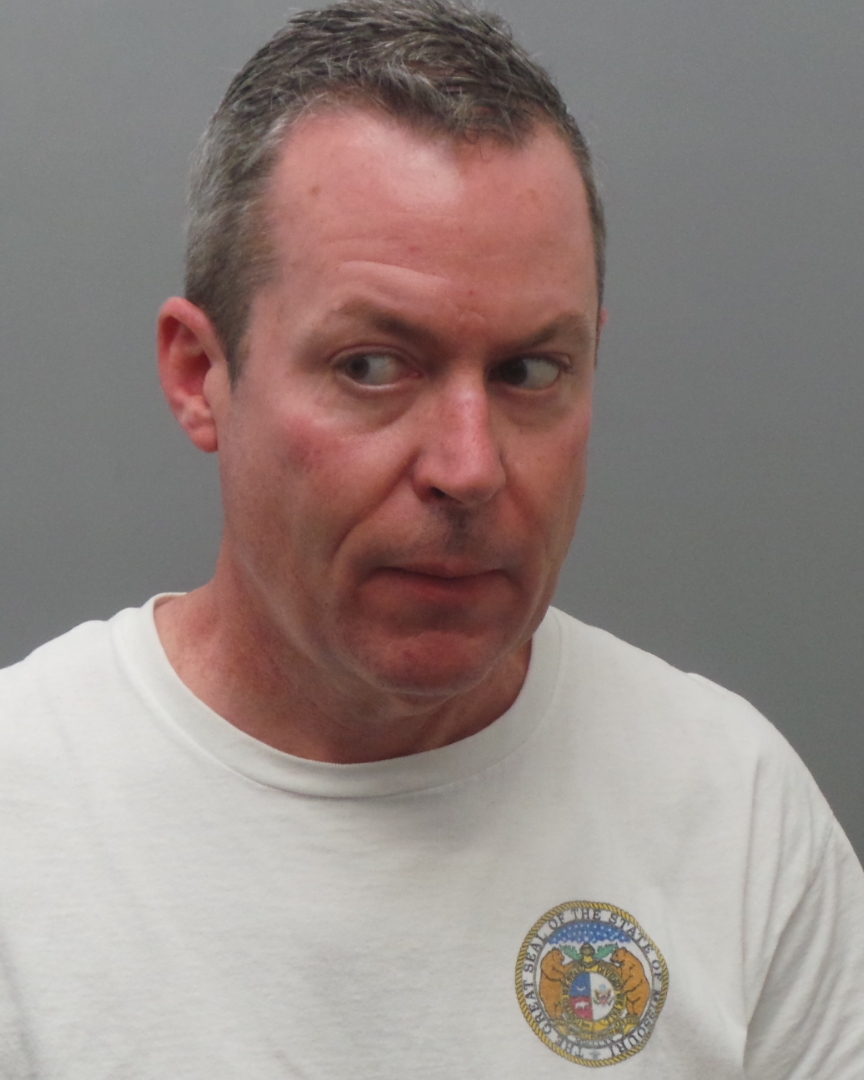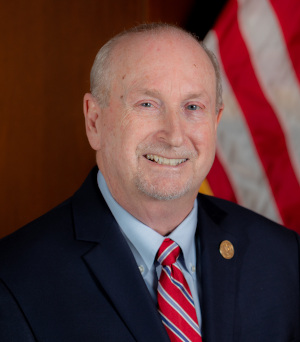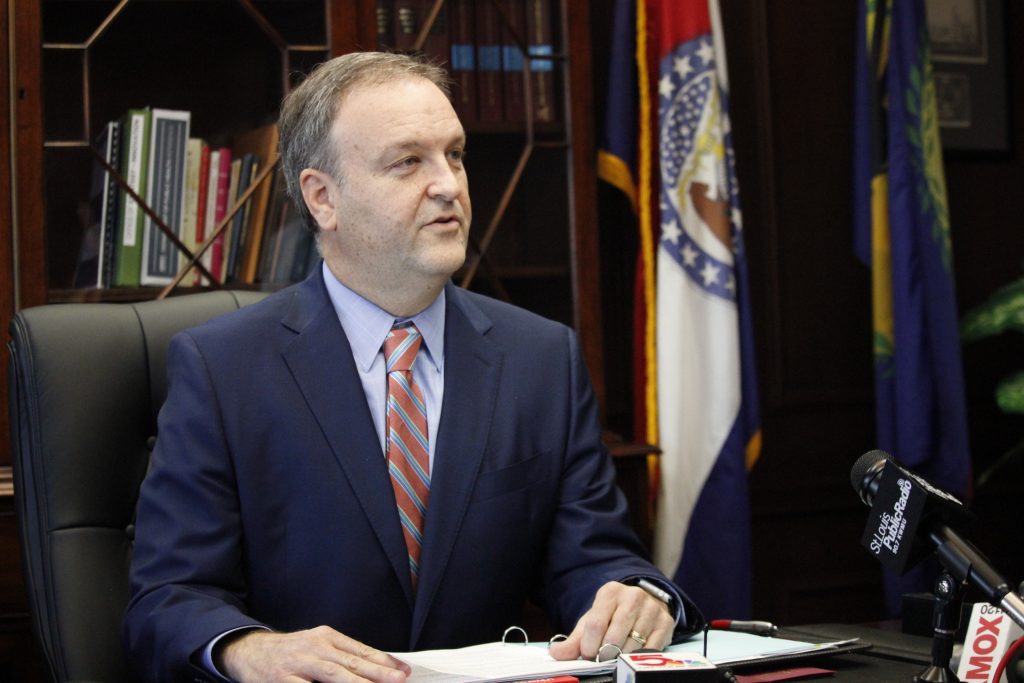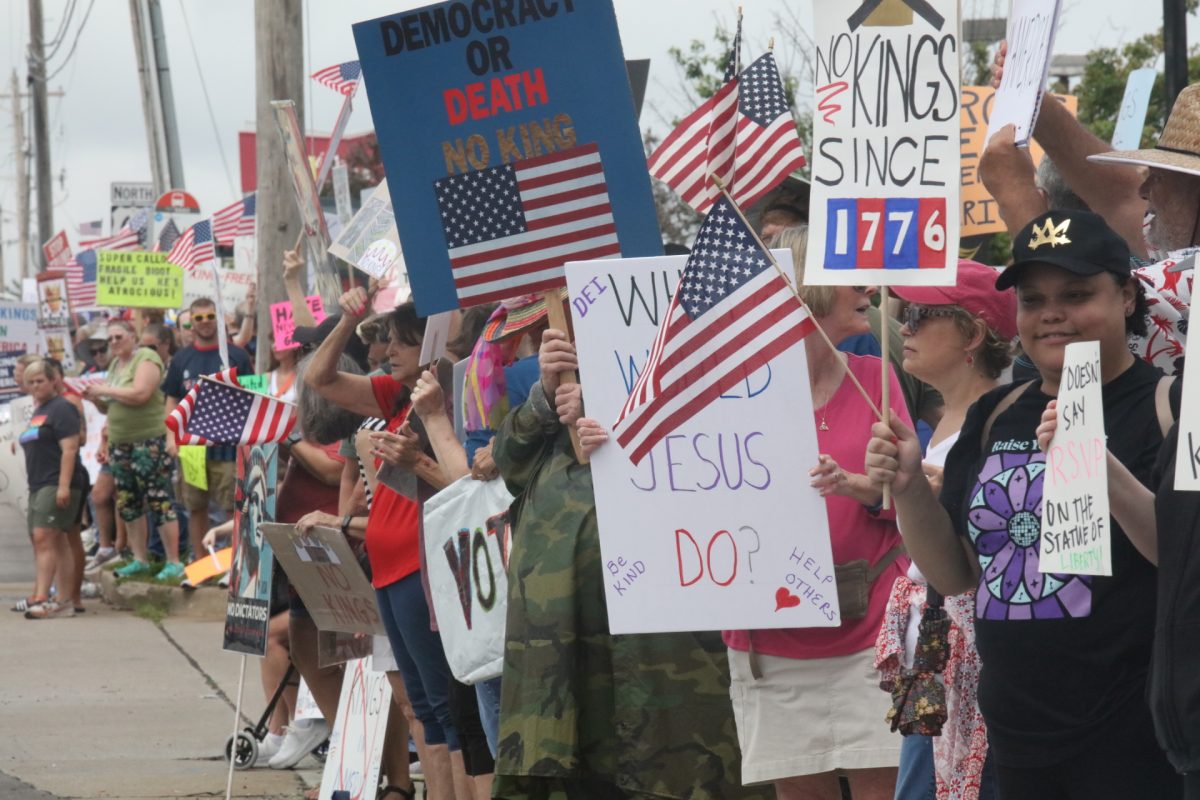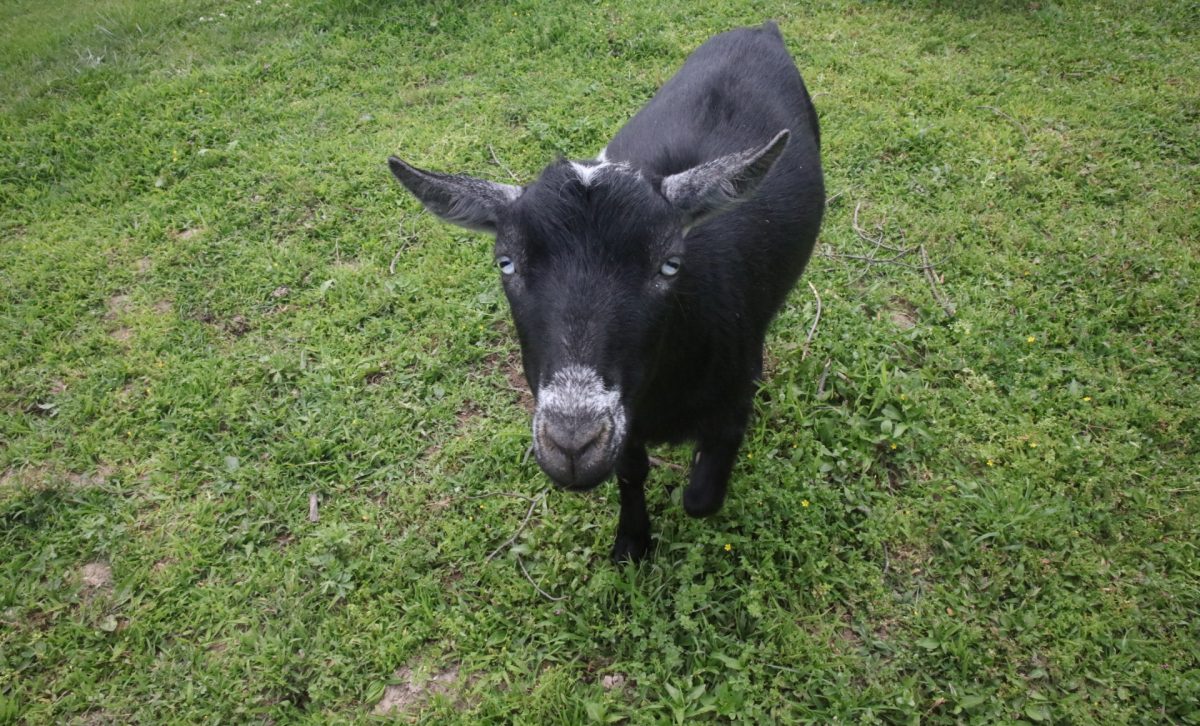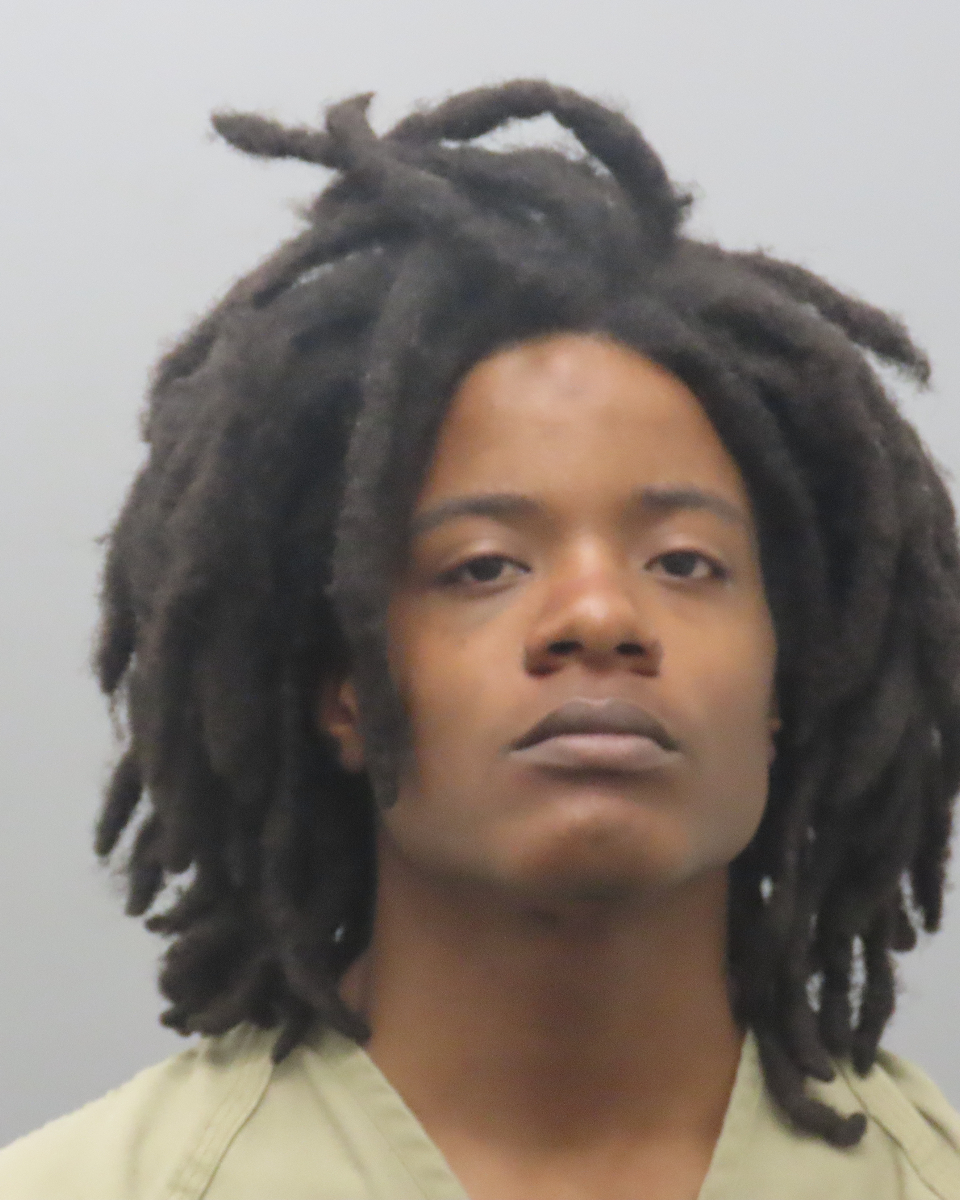issouri hospitals warned “the wolf is at the door” in a letter to Gov. Mike Parson pleading for him to issue a statewide mask order to combat the rapid spread of COVID-19.
Over the past two weeks, hospitals across the state have admitted an average of 65 to 75 more COVID-19 patients daily than they are sending home. In a letter dated Friday, Herb Kuhn, executive director of the Missouri Hospital Association, wrote that the pandemic has grown beyond the ability of local health officials to control it.
The association appreciates the coordinated effort Parson has led and that helped, in the spring, to bring the virus under control enough to allow for businesses and schools to reopen under controlled conditions, Kuhn wrote.
“However, the virus is unbowed,” Kuhn wrote. “It continues its silent and ceaseless replication wherever it finds opportunity. Unfortunately, it is finding ample targets and spreading quickly. By many metrics, conditions are far worse than they were this spring.”
In a tweet that included the letter, CoxHealth CEO Steve Edwards compared the situation to a war and said it required a coordinated state response, not local options, for masks.
“We each give to protect others, we buy time for the vaccine,” Edwards wrote.
The letter amplifies calls made by many hospital administrators during an Oct. 29 conference call with Parson. During the call, the administrators said they were having trouble finding beds for patients in need of transfer and one of the largest hospital chains, BJC HealthCare, warned that it would have to cut back on elective procedures, a step taken last week.
“The wolf is at the door,” Kuhn wrote. “Missouri’s hospitals urge you to issue a statewide masking mandate. A mask mandate may be unappealing to some, but it has become necessary. We urge your immediate action on this issue.”
Since the Oct. 29 call, the Department of Health and Senior Services has reported 65,503 new COVID-19 infections, including a record 6,346 on Saturday. The department reported 3,745 new cases Monday, the 12th consecutive day of 3,000 or more cases.
The daily average of reported new cases has increased from 2,138 per day on Oct. 29 to 4,393 on Monday morning.
Total hospitalizations for COVID-19 were 1,658 on Oct. 29 and 2,525 on Saturday, the most recent day for which verified information is available.
The rapid spread of the virus last week led St. Louis County to tighten limits on gatherings and to ban indoor dining, Boone County to extend a health order requiring bars to close at 10:30 p.m. and for the University of Missouri to change course and tell students not to return to campus after Thanksgiving.
And in Clinton, a town of 9,000 in Henry County, Mayor Greg Lowe declared a state of emergency, closed facilities including city hall and recreation centers, and encouraged people to wear masks “in all settings where there is the possibility of exposure to non-household individuals.”
Parson has resisted a statewide order requiring face masks for many months and both he and his wife Teresa Parson tested positive for the coronavirus that causes COVID-19 in September. During a briefing Thursday where Parson touted the anticipated delivery of a vaccine, he again addressed the issue of face masks by saying it was an issue of personal responsibility.
Parson told Missourians he had protected their freedom from a mandate but that hospitals could not continue to take larger and larger numbers of patients.
“Politically, I know the mask mandate has been out there for months, to do that,” Parson said. “But it is not just about a mask mandate and it is not about politics. it is about social distancing, it is about 15 minutes, it is about every Missouri citizen doing their part to help one another.
“The reality of it is we can’t keep going at the pace we’re going and keep on doing the same old things we’ve been doing.”
While hospitals report that about 30 percent of ICU beds statewide and about 33 percent of all hospital beds are available for patients, the strain is on staffing, hospitals have said repeatedly.”
“For them, the second wave of this disease is more daunting than the first, even if they are better equipped with personal protective equipment, ventilators and new therapeutics than they were at the outset of the pandemic,” Kuhn wrote.



